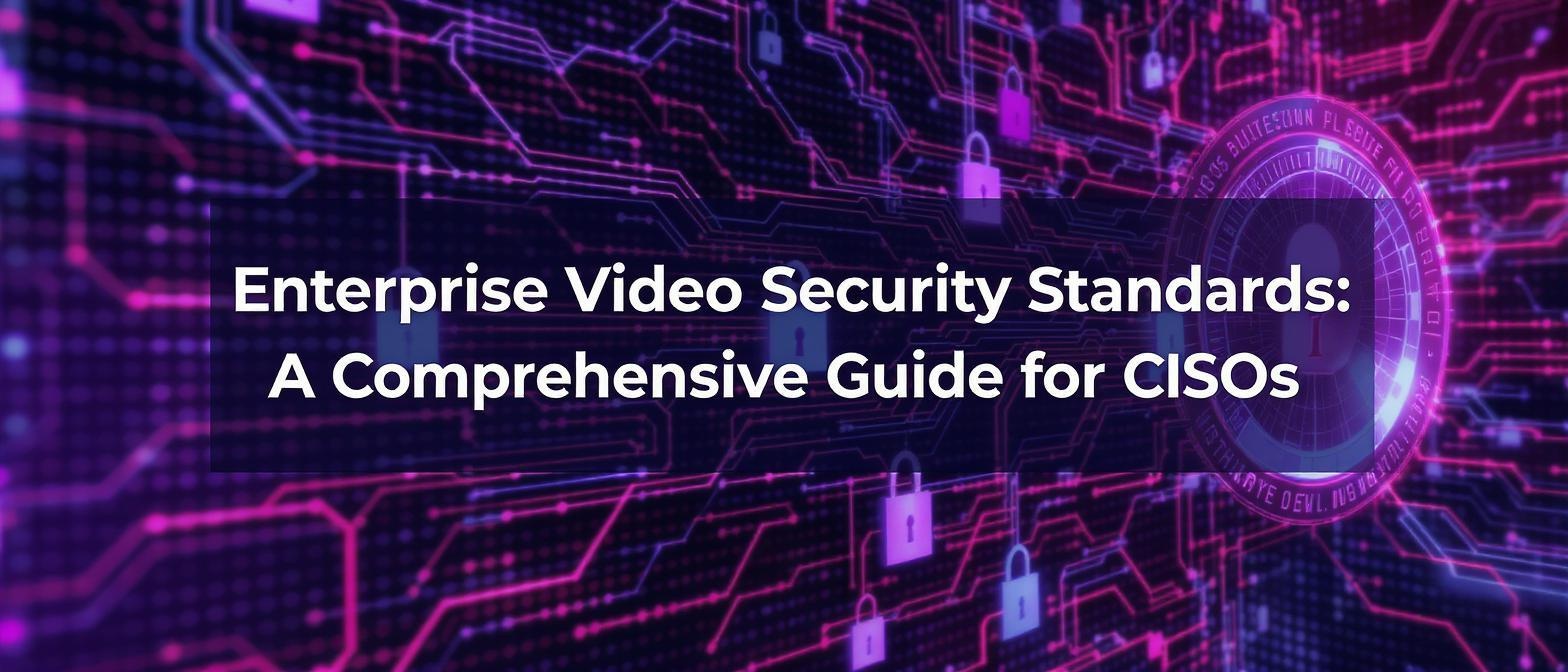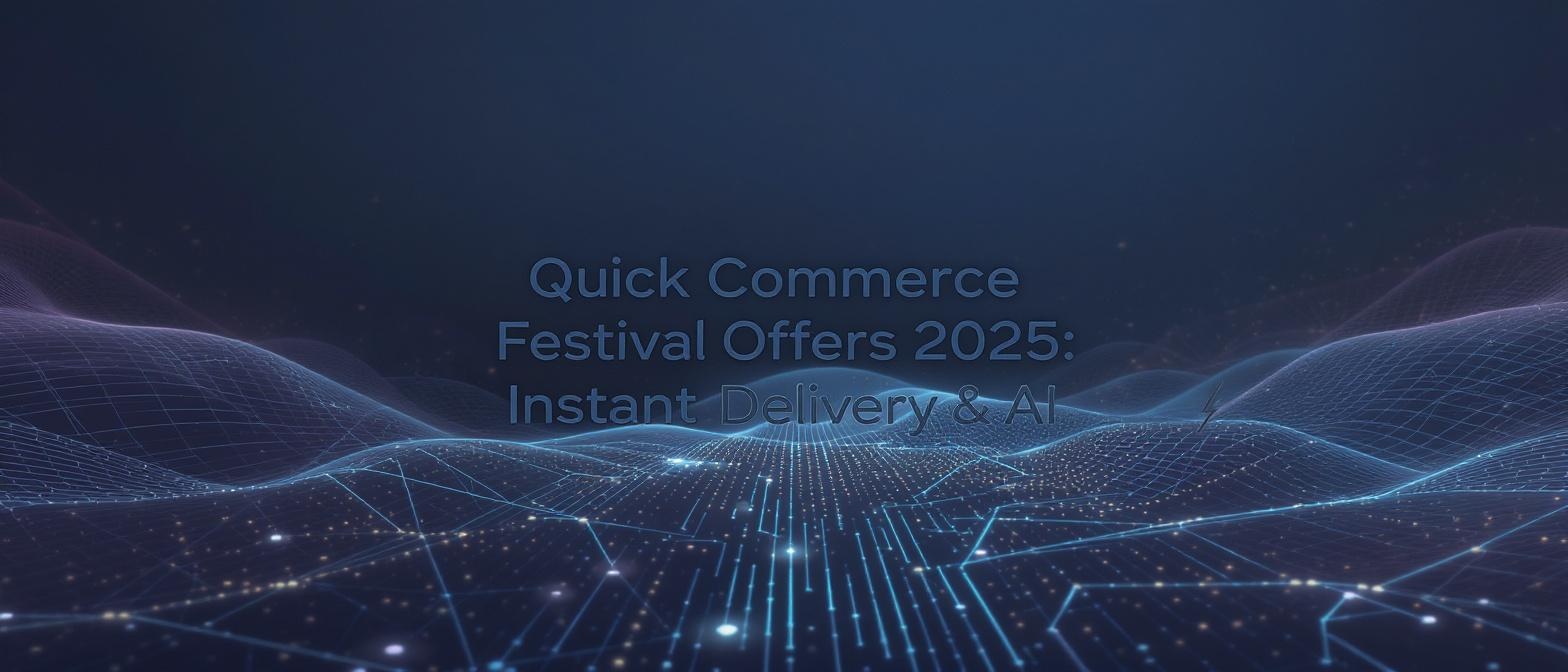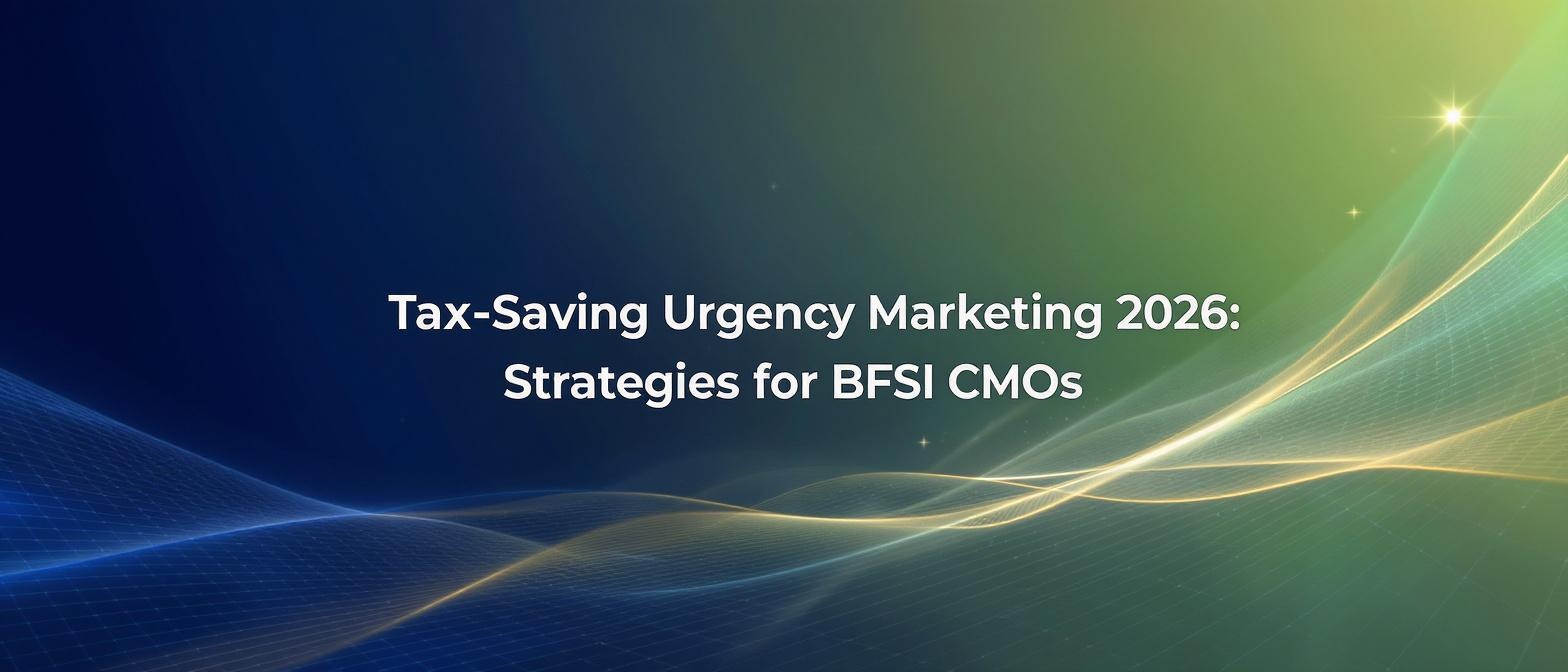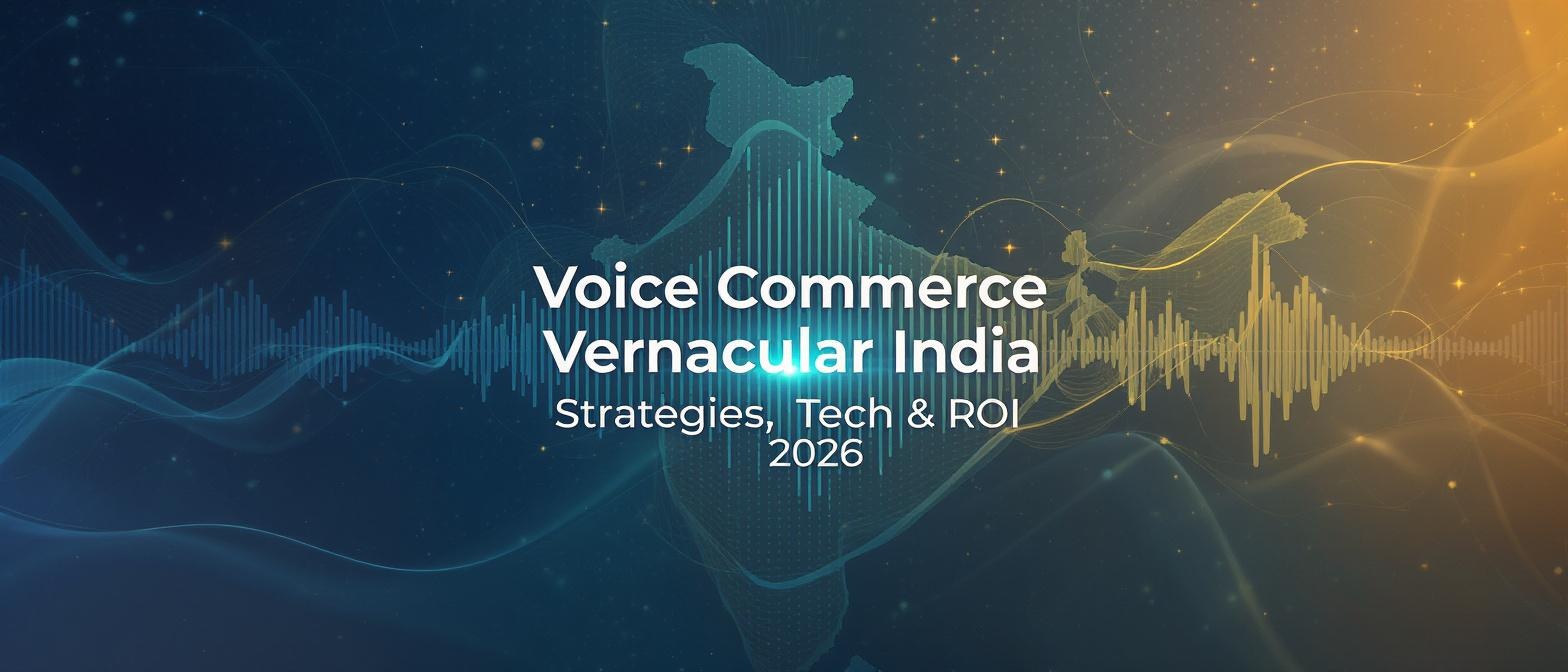Enterprise Video Security Standards: A Comprehensive Guide for CISOs
Estimated reading time: 8 minutes
Key Takeaways
- Enterprise video security standards form a crucial part of modern cybersecurity frameworks.
- The rise of AI-driven video personalization calls for robust data protection measures.
- Regulatory compliance in India is a layered landscape covering STQC ER and BIS standards.
- Encryption at rest and in transit is essential for safeguarding sensitive video data.
- Comprehensive access control mechanisms help ensure only authorized personnel manage video content.
Table of Contents
- The Framework – What Are Enterprise Video Security Standards?
- Regulatory Landscape in India
- Architectural Pillars of a Secure Video Personalization Platform
- Video Content Encryption Essentials
- Enterprise Video Access Control Mechanisms
- Conclusion
- Frequently Asked Questions
The Framework – What Are Enterprise Video Security Standards?
In today's digital-first business environment, enterprise video security standards have emerged as a critical component of organizational cybersecurity. These protocols define how video data is created, distributed, and protected throughout its lifecycle, ensuring that every stage of video management follows stringent guidelines.
The rapid adoption of AI-driven video personalization has transformed how enterprises engage with customers and employees. As organizations increasingly deploy secure video personalization platforms to deliver hyper-targeted content, the importance of maintaining robust AI video security protocols cannot be overstated. A single security breach can expose sensitive data and lead to regulatory violations.
These standards assert four fundamental pillars:
- Data Privacy Protection: Handling of personally identifiable information (PII) within video metadata and personalization workflows. For deeper insights on data privacy in video personalization, refer to data privacy in video personalization.
- System Reliability: Maintaining 99.9% uptime and resilience against DDoS attacks with failover, load balancing, and geographic redundancy.
- Access Control: Integrating role-based or attribute-based access control with single sign-on solutions and logging every interaction. To effectively manage enterprise video content, explore enterprise video content management.
- Legal and Regulatory Compliance: Meeting regional requirements such as India’s IT Act, GDPR, CCPA, and more.
Essential features of business video surveillance systems include robust data privacy controls, edge computing capabilities, and comprehensive audit logging. Learn more from choosing the right enterprise video surveillance system and essential features of business video surveillance systems.
Regulatory Landscape in India
India’s regulatory environment for enterprise video security standards involves multiple layers of compliance. Organizations operating in India must navigate STQC ER (Standardization Testing and Quality Certification Electronics Range) certification for CCTV and network cameras, which ensures that hardware meets security benchmarks set by the Bureau of Indian Standards (BIS).
BIS safety standards further address electromagnetic compatibility, electrical safety, and environmental resilience. With the evolving Personal Data Protection Bill, organizations may soon face data localization mandates for sensitive video content.
STQC ER compliance matters for network camera buyers in India as it ensures equipment meets national security standards and provides legal protection for deployments, particularly in critical infrastructure sectors.
Architectural Pillars of a Secure Video Personalization Platform
A secure video personalization platform must address secure ingestion, processing, storage, and delivery of personalized video content. Several architectural elements are key:
- Network Isolation: Using VPCs, WAFs, and private subnets to separate internal video processes from public access.
- API Security: Ensuring strict authentication and authorization with OAuth2 or JWT. Rate limiting and input validation are critical. For more on integrating video personalization APIs, visit video personalization APIs.
- Micro-segmentation: At the container level, isolating rendering jobs with minimal privileges. Automated DevSecOps workflows handle regular patching and scanning.
- Secure CI/CD Pipelines: Incorporating security scanning, code signing, and artifact integrity verification at every stage.
TrueFan’s architecture exemplifies these practices through near real-time APIs, encrypted render queues, and sub-30-second video generation while safeguarding sensitive data throughout.
Video Content Encryption Essentials
Video content encryption protects assets both at rest and in transit. At-rest encryption typically employs AES-256 with customer-managed keys stored in HSMs or cloud-based KMS. Key rotation schedules and audit logs ensure that compromised storage media cannot reveal clear-text video content.
In-transit encryption employs TLS 1.2+ for API calls and CDN streaming, while protocols like HLS can use AES-128 for segment-level encryption. DRM solutions like Google Widevine or Microsoft PlayReady provide further protection for premium content.
Robust key management includes separating key operations via role-based access, frequent rotation, and thorough testing of recovery procedures. TrueFan ensures no video assets remain in clear-text, whether in temporary storage or transit.
Enterprise Video Access Control Mechanisms
Enterprise video access control ensures that only authorized users can view, modify, or manage video content. RBAC (Role-Based Access Control) and ABAC (Attribute-Based Access Control) integrate with SAML or OIDC single sign-on solutions for centralized identity management. Every action is logged, creating immutable audit trails and supporting regulatory compliance. For strategies on managing enterprise video content, refer to enterprise video content management.
Conclusion
Implementing robust enterprise video security standards is imperative for protecting sensitive video data and maintaining stakeholder trust. By embracing advanced encryption methods, rigorous access controls, and AI-specific protocols, organizations can stay ahead of evolving threats. As technological innovations in video personalization proliferate, continuously updating security policies and adhering to regional regulations will remain pivotal for CISOs committed to safeguarding their organization's video infrastructure.
Frequently Asked Questions
1. Why are enterprise video security standards so critical?
They protect sensitive video assets, maintain legal compliance, and help prevent data breaches that can lead to heavy penalties or reputational damage.
2. What is the role of AI video security protocols?
AI video security protocols guide how organizations handle AI-driven personalization, ensure proper data encryption, and prevent unauthorized access to rendered video content.
3. How does encryption safeguard enterprise video data?
Encryption locks video files both at rest and in transit, preventing malicious actors from intercepting clear-text data and preserving confidentiality throughout the content lifecycle.





